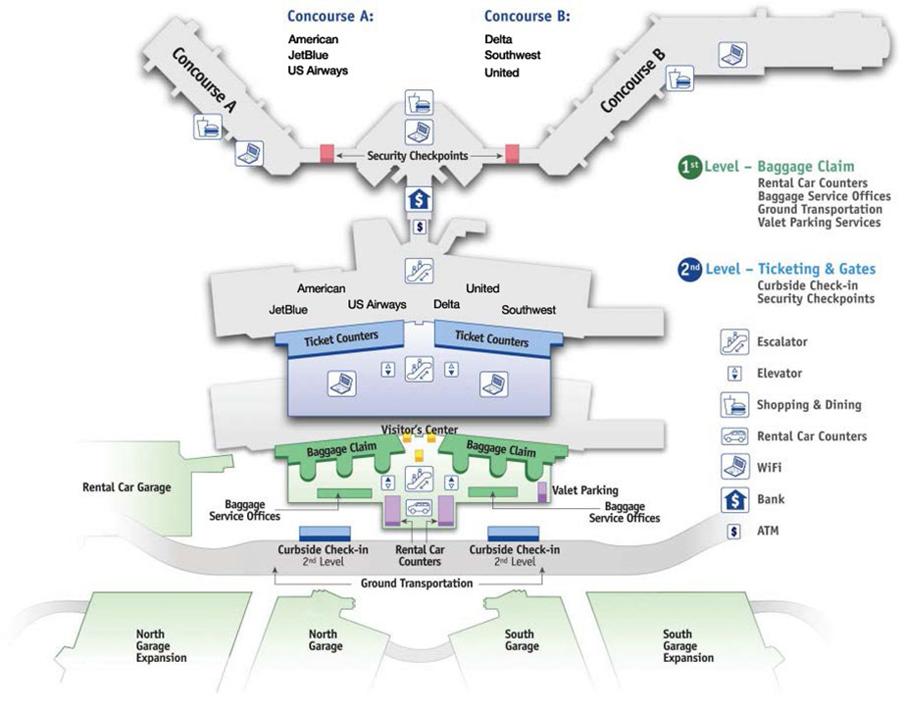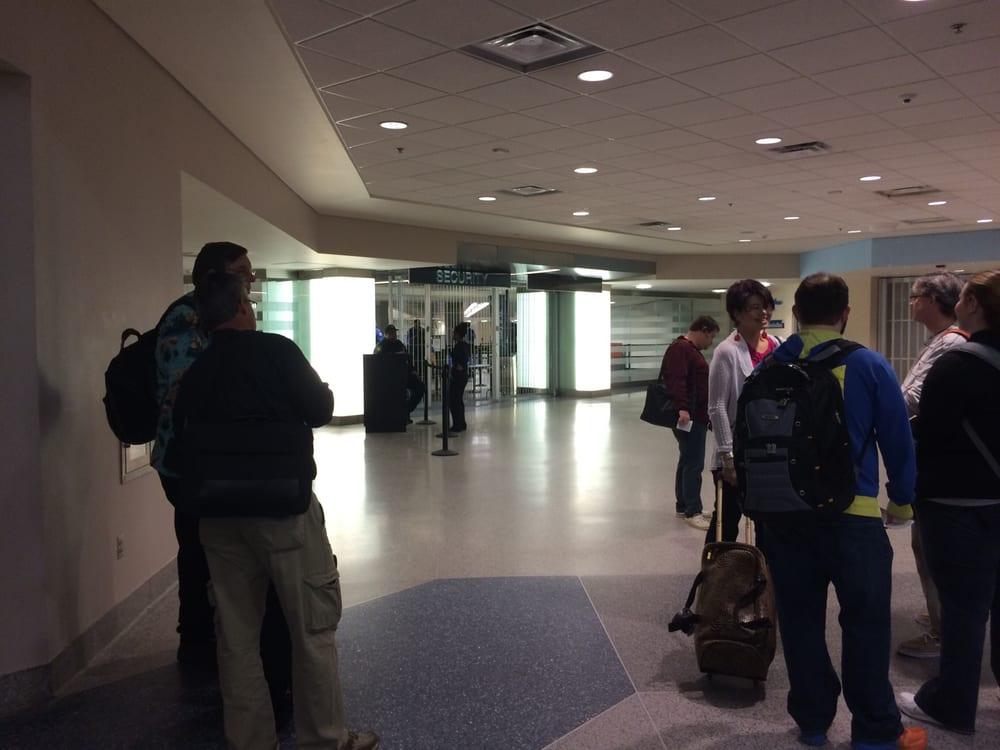
Richmond International Airport Security Checkpoint
PROJECT SITE
Security Checkpoint Expansion
Richmond International Airport
Richmond, Virginia
POSITION
Project Architect
FIRM
Leo A Daly
PROJECT STATISTICS
Area = 9,000 SF Addition
DESCRIPTION
This project consists primarily of renovations and additions to the departures level of the connectors in order to accommodate new security screening checkpoint configurations. To accomplish this, an additional 9,310 SF will be added to widen each connector. After the additions have been erected and one of the security lanes have been moved to the new area, the existing exterior wall will be removed, the interior finishes will be replaced, and the second security lane will be relocated.
Some of the challenges being addressed by the design team involve ramps with two-foot level changes at both connectors, solar heat gain from existing windows, limited ceiling heights, and existing mechanical chases and toilets obstructing the view of the proposed checkpoints. The toilets will be relocated and installing new packaged rooftop units to serve the second floor will eliminate the mechanical chases. The HVAC and other systems have been designed to provide comfort for the passengers during even unusually heavy occupancy, such as peak hour or a checkpoint lane out of operation.
The interior finishes will incorporate the design palette established by the recent adjacent concourse expansion project and introduce other materials that will distinguish the checkpoint area from the rest of the airport as well as meets the owner’s request for a more “high-tech” look. The ceiling will be flat and curved metal snap-in accessible panels. For a “high-tech” expression, the ceiling is a natural aluminum finish. The walls will be glass with a ceramic frit coating in different patterns. The translucent effect of the frit will also provide screening from solar glare through the clerestory windows.
The windows introduce calming natural light, which is bounced into the space by the curved the metal ceiling. A demountable partition of perforated metal will divide the screening area with equipment and personnel from the passenger queue. The floor will be a very high quality carpet within the checkpoint area. Glass-enclosed portals with stainless steel soffits will indicate and control entry into the checkpoints. Finishes in the project, but outside the checkpoint, will be terrazzo flooring, gypsum wallboard, acoustical tile ceilings, and lighting to match existing.
While the work will create a shell for the TSA to occupy with its own equipment, the width of the expansion and location of the boundary walls of the checkpoint result from conversations with the TSA and in-house expertise about the future of security checkpoint design.




